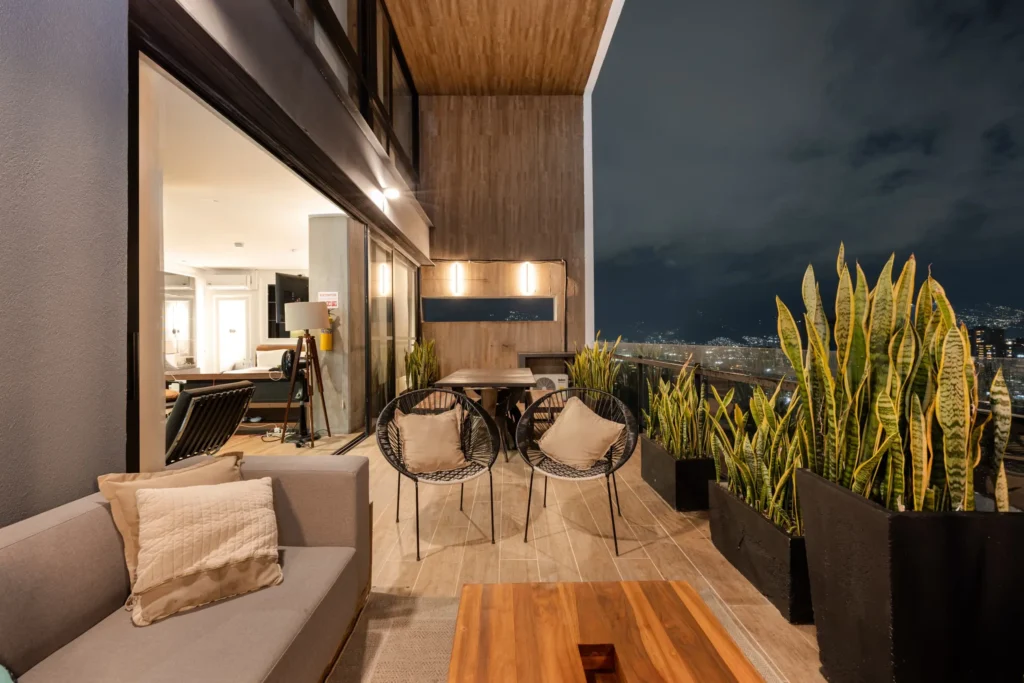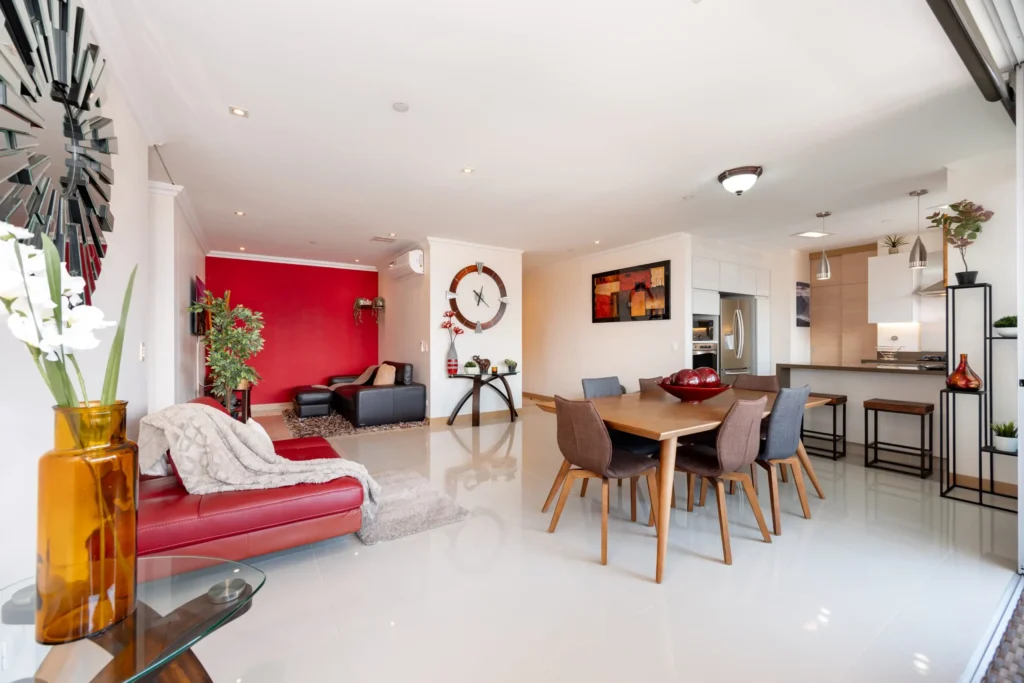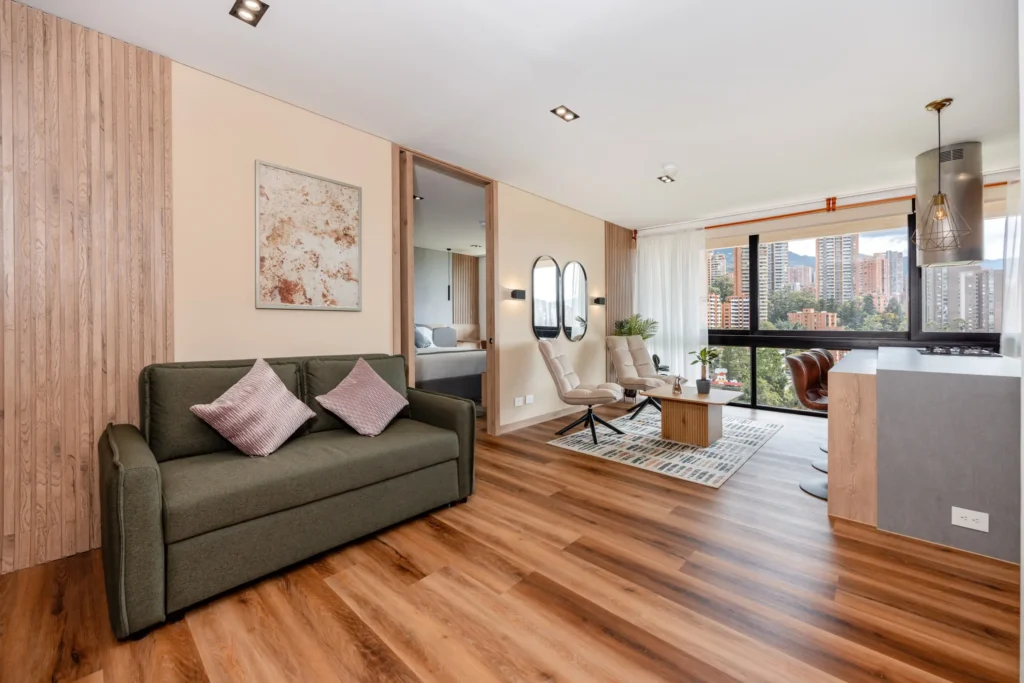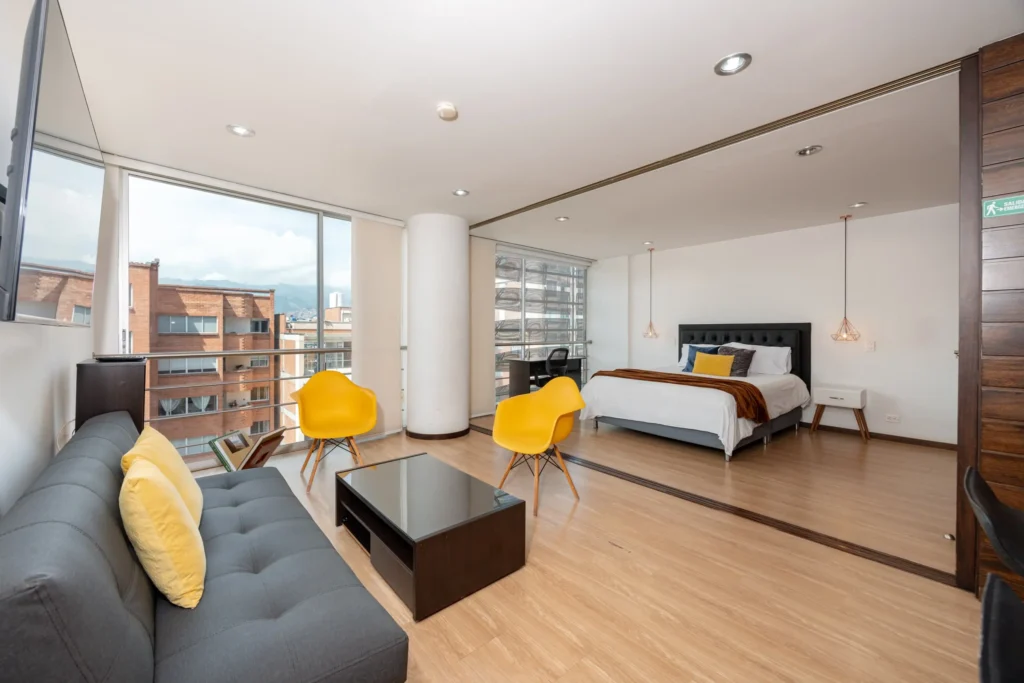Honestly, I’m not the kind of person who hits all the museums when I travel. While I enjoy art and history, wandering around exhibit halls usually gets me thinking about lunch.
However, after being taken by a friend, the Museo de Antioquia ended up being one of my favorite experiences in Medellín.
Not only that, but I also found a new favorite artist: Fernando Botero, a native of Medellín whose paintings and sculptures make up a considerable part of the museum’s collection.
Whether you’re an art enthusiast or just bored in Medellín with a morning to spare, Museo de Antioquia is one of my top recommendations in the city.
Meet Museo de Antioquia
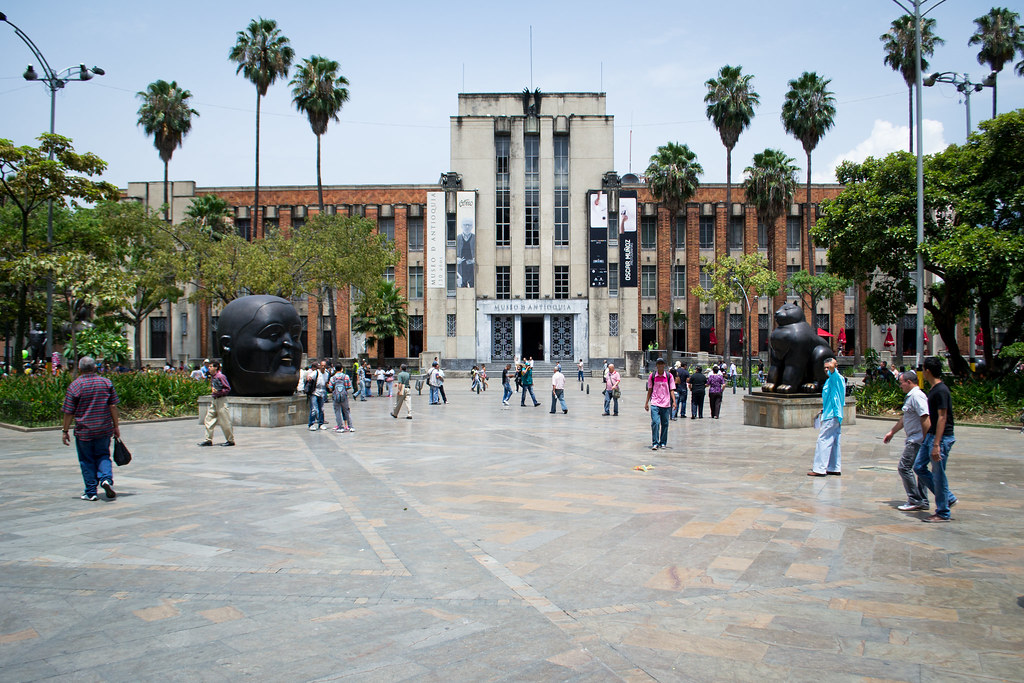
Established in 1881, Museo de Antioquia was the first museum in the Antioquia department and the second in Colombia. Although it’s moved between several buildings and changed its title a few times, it received its current name in 1978 after Fernando Botero donated a large number of his works.
The museum consists of two wings and three floors hosting a wide range of art and historical artifacts. In addition to the Sala Fernando Botero, these include:
- Sala Siglo XX – XXI: a collection of modern and abstract art.
- Sala Luis Caballero: a collection from the painter (1943-1995) capturing his emphasis on the male form, eroticism, and violence.
- Sala de Arte Internacional: a collection dedicated to modern and contemporary works from around the world.
- Sala Colonial y Republicana: for history buffs, a collection of paintings, photography, and sculptures devoted to important figures and events in Colombia’s past.
- La Persistencia del Dogma: based on the idea of art through stories, images of 19th Century culture that reflect the norms and values of colonial society.
- El Barro Tiene Voz: the name literally meaning “the mud has a voice,” an exhibit of pottery and ceramics.
Most works include English descriptions, and you can visit the museum with a group or as an individual. Prices vary based on the size of your group and certain demographics.
If you’re a Colombian resident with a socioeconomic stratification classification of 1-3, admission is free.
Website: MuseodeAntioquia.co
Address: Cl. 52 #52-43, Medellín, Antioquia, Colombia
The Museum’s Location: La Candelaria
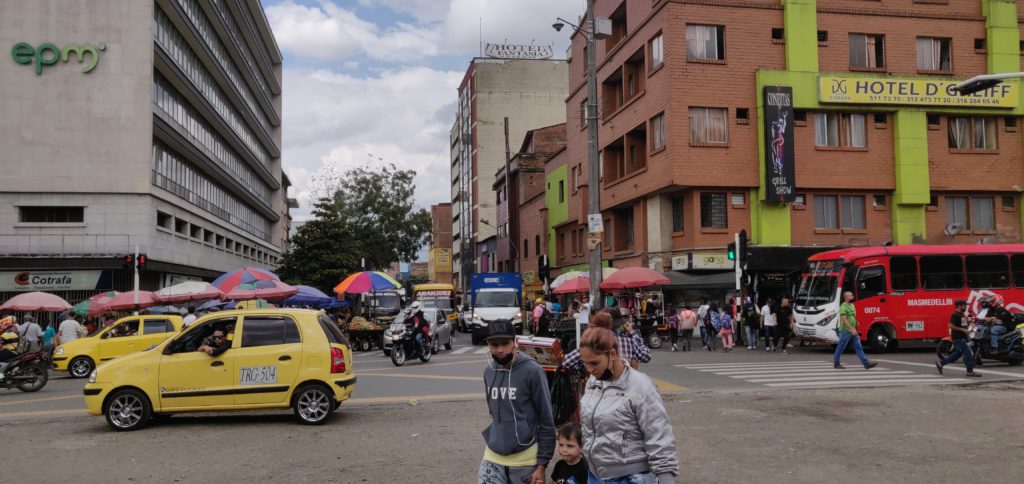
Speaking of socioeconomic stratification, it’s worth discussing the location of Museo de Antioquia: right in the center of Comuna 10, known as La Candelaria. This location includes the historic Centro of the city.
This sometimes intimidates foreigners and tourists interested in visiting the museum because La Candelaria is not exactly known for safety and has a grittier appearance than Poblado or Laureles.
For reference, Poblado has residents predominantly classified as level 6 in the government’s definitions of socioeconomic strata (the highest possible).
And, Laureles predominantly residents classed 5. In contrast, La Candelaria is home to people mostly classed as 4.
In the past, it has been one of the more dangerous neighborhoods. But, after extensive investment and city improvements by the government in security measures including cameras, it’s a relatively safe place for foreigners, especially during the day.
Getting to Museo de Antioquia

If you’re concerned about walking through neighborhoods like Estacion Villa and San Benito to get to the museum, it’s easy enough to take a taxi to Plaza Botero.
This is the square around the museum that features sculptures by Fernando Botero. It also features numerous local vendors selling fresh Colombian fruit and baked goods.
You can also take the metro to Parque Berrío on the blue A-line. If you’re coming from Laureles, you can take the orange B line to San Antonio and then transfer to the A. Or, it’s an eight-minute walk from there to the museum.
The pedestrian areas and parks around Museo de Antioquia like Plaza Botero are patrolled by police and fairly safe.
There are usually a lot of people, though, so use the caution you would in any large city to avoid pickpockets.
Keep valuables in your front pockets, zipped closed ideally, and avoid bumping into people. You’ll want your cash to buy an empanada.
Fernando Botero
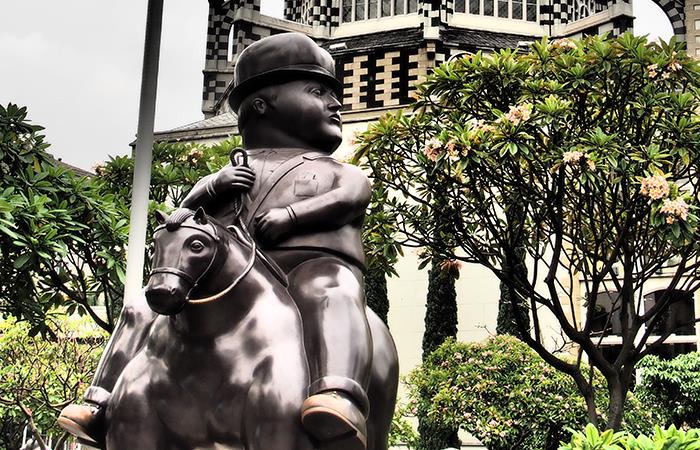
I was enamored with Botero’s work after seeing it at Museo de Antioquia. His signature style, known as Boterismo, is captivating.
While professional critics usually describe it as depicting figures in an “exaggerated volume,” you’re more likely to hear the layman describe it as, well, fat. It’s not just people, though. Even Botero’s still lifes have eye-catching plumpness.
Botero was born in Medellín in 1932 and started his art career making illustrations for the newspaper El Colombiano. His paintings and sculptures cover a wide range of themes from still lifes and historical portraits to politically critical depictions of current events.
Some of his most notable works include:
- Mona Lisa, Age Twelve (1959)
- The Presidential Family (1967)
- Pedrito on a Wooden Horse (1974)*
- Louis XVI and Marie Antoinette (1990)*
- Death of Pablo Escobar (1999)*
*Located in Museo de Antioquia
After learning about Fernando Botero in Medellín, I began seeing his work, style, and influence everywhere.
In fact, there was even a sculpture of his waiting for me in the Palma airport when I stepped off the plane. His collection at Museo de Antioquia, as well as the rest of the artwork displayed there, will enrich your time in the city and give you a unique but intimate look into its history and culture.
Spend a Day Wandering the Halls of Museo de Antioquia
Museo de Antioquia is a great place to spend an afternoon. In fact, it’s the ideal spot to hang out on a rainy day!
With this guide, you’ll be fully prepared to enjoy wiling away the hours in this comprehensive museum.
If you like this blog, you might like the Casacol Instagram page to keep up with all the new articles. Anything we need to update or correct? Care to contribute? Email us at blog@casacol.co.

